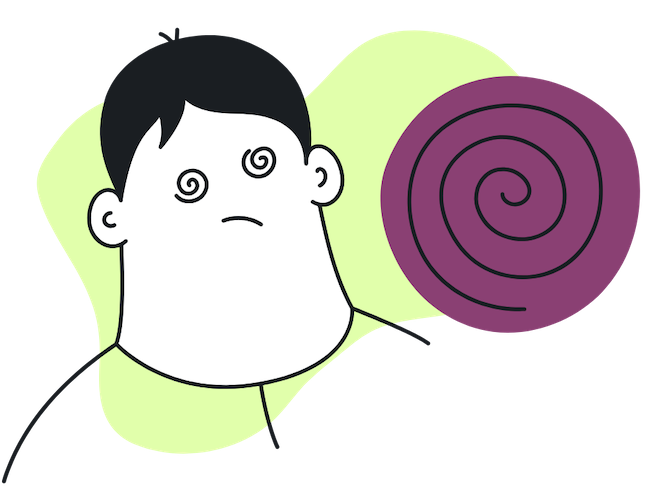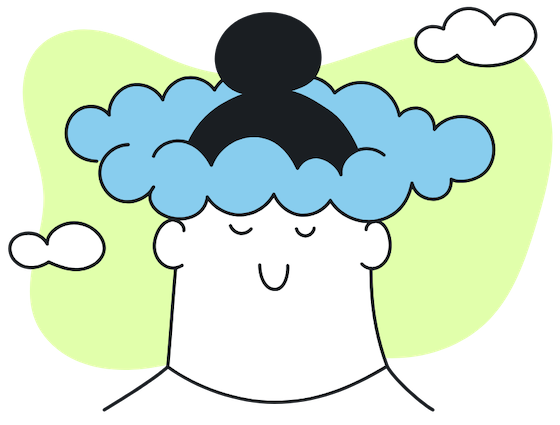What is Misophonia?
Misophonia is a legitimate disorder, not a matter of preferences.
Misophonia [mi-suh-FOE-nee-uh] is sometimes billed as “an extreme dislike of eating sounds [or other specific noises].” But, it’s much more than that. Misophonia is an often-misunderstood but very real multi-sensory aversion disorder.
“Misophonia is a disorder of decreased tolerance to specific sounds or stimuli associated with such sounds. These stimuli, known as “triggers,” are experienced as unpleasant or distressing and tend to evoke strong negative emotional, physiological, and behavioral responses that are not seen in most other people.”
Misophonia is Complicated
Misophonia is tough to understand. If you have not experienced misophonia, it’s not easy to get a clear idea of what living with misophonia is actually like.
Misophonia can affect all aspects of life such as school, work, relationships, and more. Any typical daily interaction can become one that causes suffering unexpectedly. Misophonia can be a disability. And there is growing evidence that misophonia involves not just auditory activators, but visual, as well [called misokinesia].
Without a proven, known treatment or cure yet, people who struggle with misophonia tend to avoid common situations and isolate themselves as a way of coping. Some people often also suffer in silence instead of starting an awkward conversation about their misunderstood disorder. It can be frustrating and feel hopeless.
It doesn’t have to be like this.
People with misophonia don’t have to live their lives in isolation nor do they have to suffer in silence. With effective communication, peer support, and self care, those of us with misophonia can thrive.
Luckily, awareness about misophonia has grown greatly in the past few years. There is significant research being done on possible causes and treatments for misophonia. There are many communities online that can help people cope with misophonia. While living with misophonia can be tough at times, things are looking better every day.
Is Misophonia Rare?
Prevalence studies indicate that around 5 percent of the population experiences misophonia in a way which impacts their lives.
This means that misophonia is more common that Obsessive-Compulsive Disorder [OCD], Autism, Tourette, and many other well-known conditions.
What misophonia can look like:
Covering ones ears or using other methods to block sounds, such as wearing headphones often or having background noise such as a fan on constantly.
Or also, staring intently at the source of a particular sound or certain distracting motions.
Dysregulation of mood
Unexplained withdrawal from family, classroom, office, or social activities.
Unexplained inattention.
Unexplained anxiety or irritation .
Outbursts that are not characteristic of the individual.
Panic attacks.
Signs of general sensory-overload (e.g. appearing to shut down, or "space out")
Unexplained crying.
Frequent requests for trips to the bathroom or to leave the room.
Frequent requests to see a nurse at school or to go outside.
Turning of head or body away from specific sounds, sights, or people.
Excessive tiredness
Facts About Misophonia
-
Misophonia is not a phobia.
Current research suggests that misophonia is a multi-sensory neurological disorder. Misophonia is not a fear of certain sounds, but more of an atypical and involuntary response to those sounds or visual stimuli.
-
Each person with misophonia has their own unique “set” of activators.
While there are many common sounds and other stimuli that most misophones seem to have, such as eating sounds, each person has their own list of activators that “trigger” them. None of these are chosen; they are ‘discovered’. Sometimes a sound that wasn’t a misophonia activator can suddenly become one unexpectedly.
-
Misophonia isn't a volume issue.
Misophonia isn’t an issue with loud sounds typically, but rather specific, even quiet, sounds themselves. Many people with misophonia enjoy loud music, for example, because it helps drown out triggering noises. Misophonia triggers often go unnoticed by others whereas a person with misophonia will instantly become hyper-aware of them.
Misophonia is not a “hatred of sound” any more than an allergy to peanuts is a “hatred of peanuts”.
Many articles mention that misophonia is a “hatred of sound”, but this is inaccurate and causes confusion. The Greek-based etymology of the word gives us this: miso meaning “hatred” and phonia meaning “about sound”. Misophonia is not a matter of preferences. It’s a sensory disorder.
However, having a commonly accepted term to use for this unusual sensory disorder has proven to be a valuable and validating tool to connect and communicate on a shared experience.




